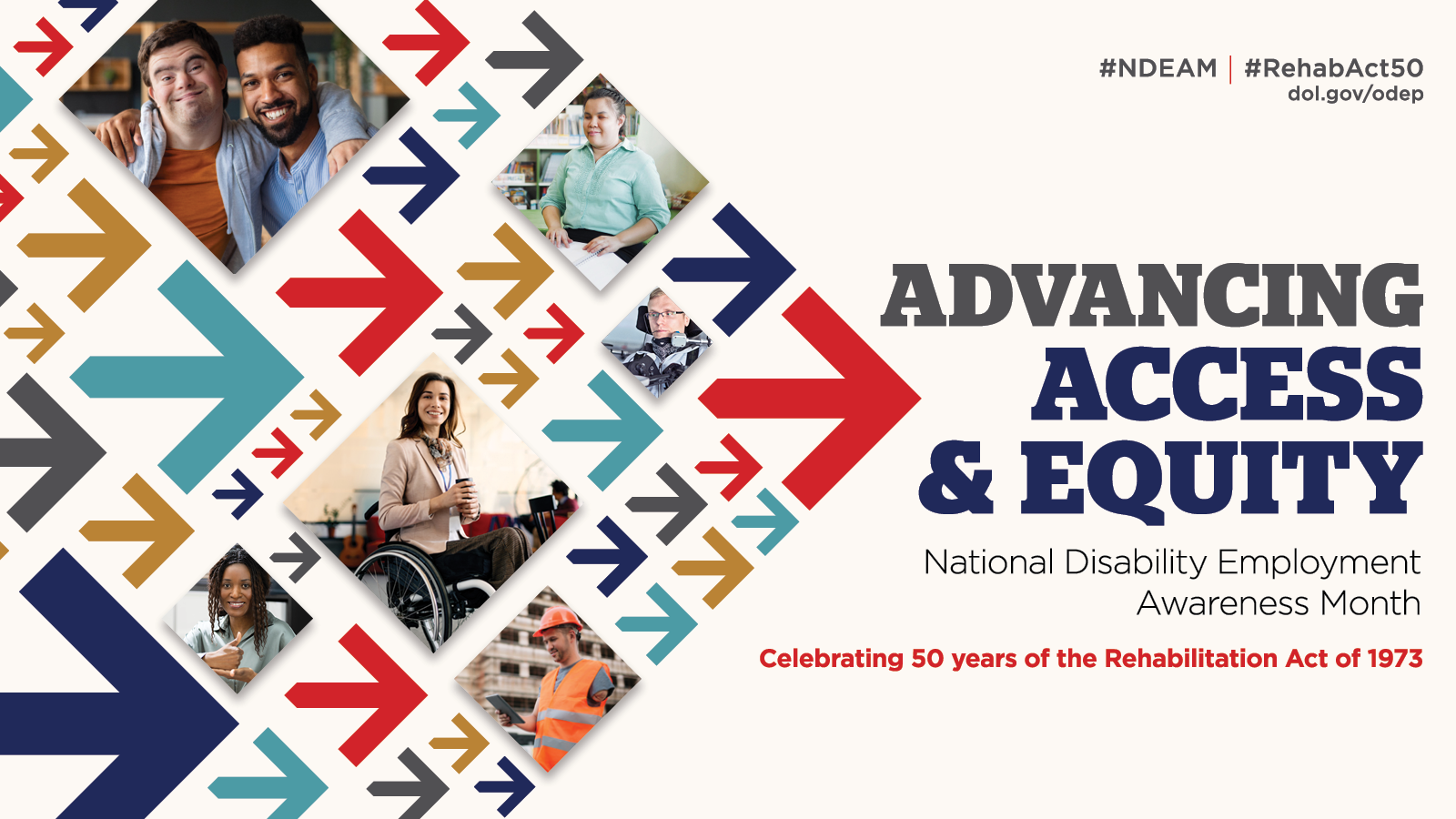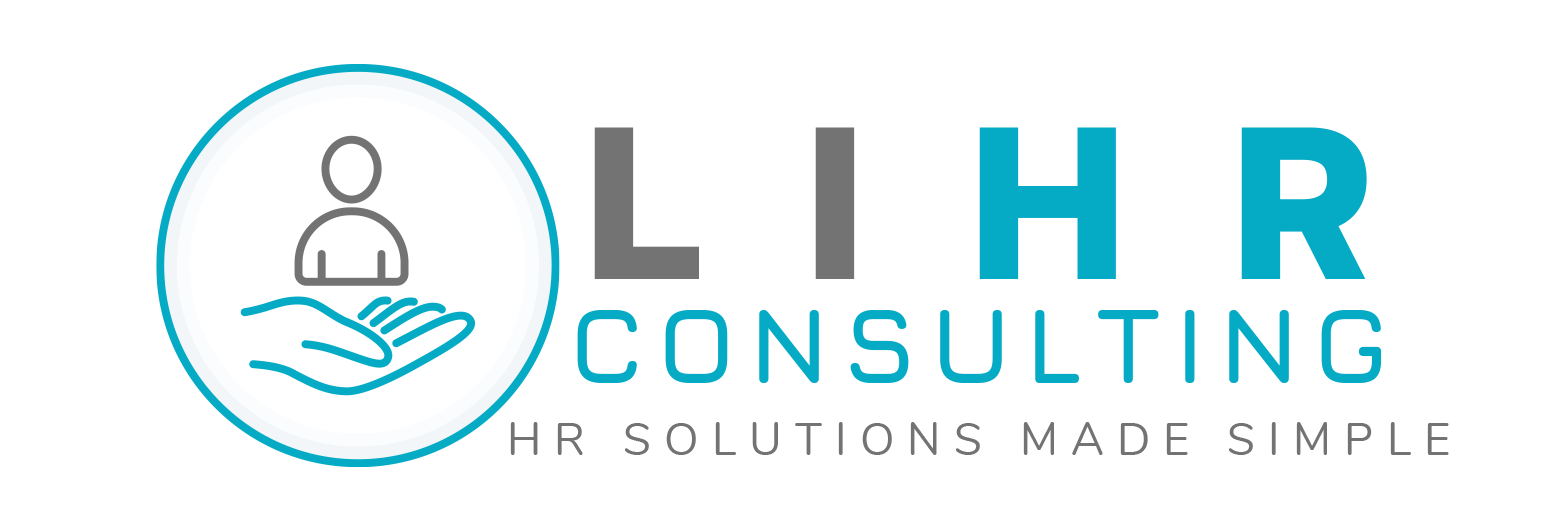
October is National Disability Employment Awareness Month (NDEAM), a time to celebrate the contributions of individuals with disabilities to the workforce and promote inclusive employment practices. This annual observance serves as a reminder of the importance of creating a workplace that welcomes and supports diverse talent. In this blog post, I will explore the significance of NDEAM and offer practical insights on how businesses can make a positive impact.
Understanding National Disability Employment Awareness Month
NDEAM, observed in the United States since 1945, aims to educate and raise awareness about disability employment issues. It emphasizes the vital role that individuals with disabilities play in the workforce and encourages employers to foster an inclusive workplace culture. The theme for NDEAM changes annually to reflect different aspects of disability employment. This year’s theme is “Advancing Access and Equity”.
Why NDEAM Matters
1. Diverse Talent Pool: Individuals with disabilities represent a substantial and diverse talent pool. By fostering inclusivity, organizations can access a wide range of skills, experiences, and perspectives, ultimately leading to innovation and better problem-solving.
2. Legal Compliance: Complying with disability-related legislation such as the Americans with Disabilities Act (ADA) is not just a legal obligation but also a moral one. NDEAM provides an opportunity to reevaluate and enhance your organization’s commitment to inclusivity.
3. Enhanced Reputation: Demonstrating your commitment to disability inclusion can positively impact your company’s reputation. Consumers and partners often favor businesses that prioritize social responsibility.
Practical steps for creating an inclusive work environment include:
1. Educate and Train: Promote awareness and understanding of disabilities among employees. Conduct training sessions to debunk myths, reduce stigma, and provide guidance on interacting with individuals with disabilities respectfully.
2. Review Policies: Examine your organization’s policies and procedures to ensure they align with the principles of inclusivity. Make necessary adjustments to remove barriers to employment and advancement for individuals with disabilities.
3. Accessible Recruitment: Ensure your recruitment processes are accessible. Offer alternative application methods, provide accommodations during interviews, and collaborate with disability employment agencies.
4. Reasonable Accommodations: Establish a clear process for requesting and providing reasonable accommodations. Engage in open and constructive dialogue with employees to understand their specific needs.
5. Mentorship and Career Development: Create mentorship programs and career development opportunities for employees with disabilities. Encourage their professional growth and advancement within the organization.
6. Promote ERGs: Support and promote Employee Resource Groups (ERGs) focused on disabilities. These groups can serve as a source of support, advocacy, and networking for employees.
7. Measure Progress: Implement metrics and key performance indicators (KPIs) to track the organization’s progress toward disability inclusion goals. Regularly assess and adjust strategies as needed.
National Disability Employment Awareness Month is an opportunity to drive change within your organization. By championing disability inclusion, you contribute to a more diverse, innovative, and compassionate workplace. Remember that creating an inclusive environment is an ongoing commitment that requires continuous education, evaluation, and adaptation. Embrace the spirit of NDEAM not just in October but throughout the year to foster an inclusive culture that benefits all employees and the organization as a whole.
